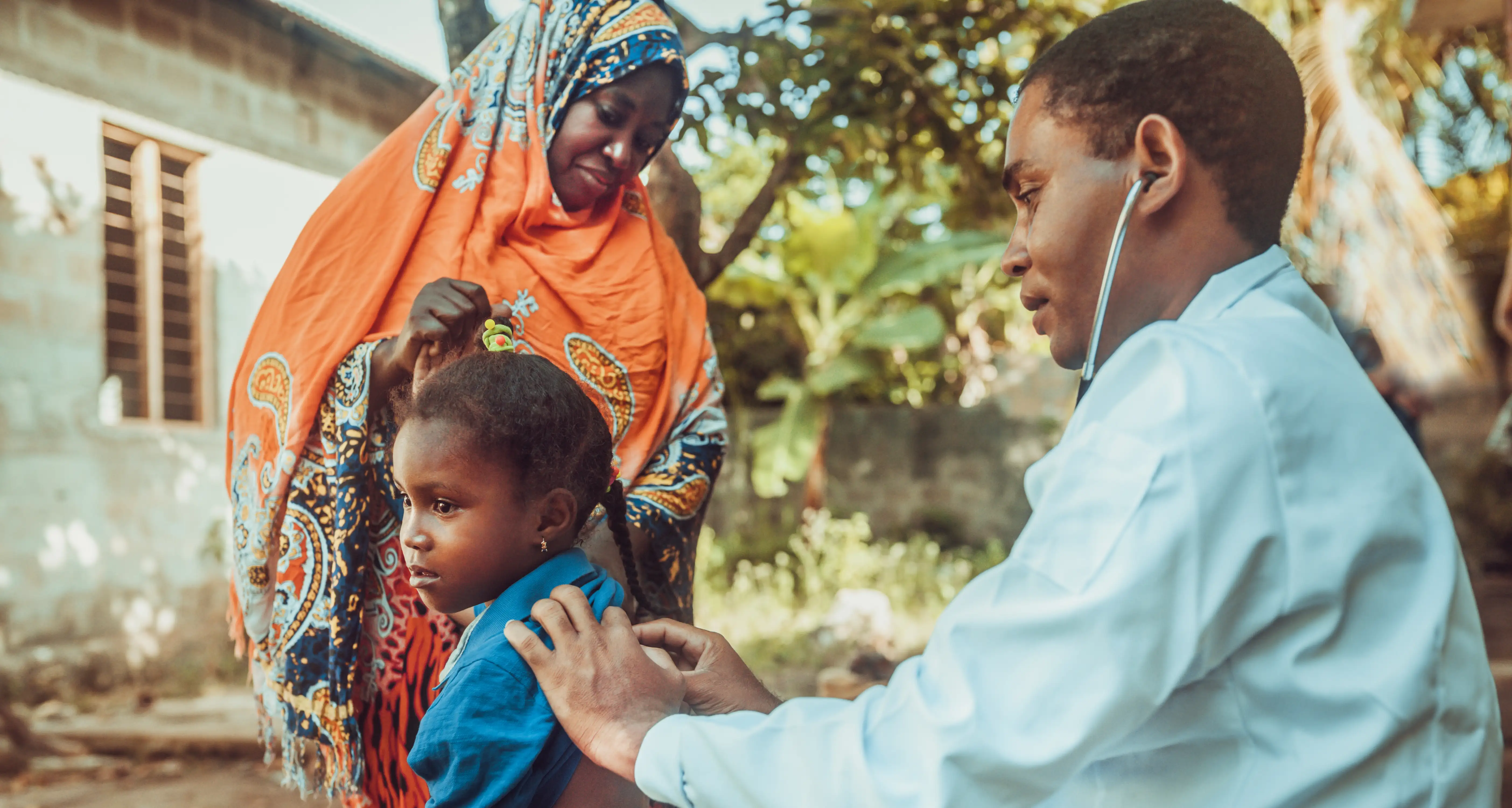The need for next-generation tools to fight malaria
Malaria continues to be a wrecking hazard and on the frontline, advanced medicines are the need of the hour. This debilitating disease affects nearly 8.6 million people and poses a major threat with 216 million cases and 400,000 deaths recorded annually. To thwart stagnancy around drug-resistance and to curb malaria right at its roots, there is a mounting urgency to implement alternative next-gen tools, novel malaria interventions and resistance management strategies.
Vector control is the key intervention recommended by WHO to counteract and lower transmission. Indoor Residual Spraying (IRS), Long Lasting Insecticidal Nets (LLINs) and preventive therapies make for WHO’s three-pronged recommendation to reduce occurrence and transmission of malaria. At Landcent, we’ve focused on significantly innovating to improve these WHO recommended technologies by margins that will greatly accelerate the fight against malaria.

LLINs are usually fashioned to retain efficacy against mosquito vectors for a span of 3 years or 20 standard washes. Needless to say, this cost-effective strategy has contributed to a major reduction in disease morbidity and mortality. In 2020, a total of 230 million LLINs were shipped globally with nearly 210 million for distribution in Sub-Saharan Africa. Estimates state that 68% of the 663 million cases were prevented since the year 2000, purely with LLINs. However, pyrethroid resistance has threatened their effectiveness in the recent years.
The first generation of LLINs made use of pyrethriods that soon developed insecticide resistance. Though newer nets with an embedded synergist piperonyl butoxide were introduced to the market and designed to be better effectual against pyrethroid-resistant vectors, with time there were other challenges to combat like coverage decline between campaigns, wear and tear of nets, periodic net treatment, sustainability problems, individual attitudes etc. Furthermore, current nets suffer on quality because the synergist fades away quickly with use and wash, leaving behind just the pyrethroid.
Despite the wide use of LLINs, it has been clearly evident that we need better-formulated nets and better surveillance for a more targeted malaria response. After spending years on research and careful analysis, we’ve upped our game on introducing novel LLIN interventions, including the Landcent polyethylene (PE) net, Landcent Duo 2.0 and 3.0. Each of these tools has been designed as potential next-generation products. For instance, Bendiocarb has not been used in LLINs before due to two major challenges of volatility and toxicity. However, Landcent’s patented microencapsulated Bendiocarb technology has managed to overcome these two bottlenecks. Our independent test results demonstrate that the nets qualify for the WHO recommended levels of Phase 1 testing.
As with Indoor Residual Spraying, it disrupts malaria transmission through killing and repelling mosquitoes after they feed and rest on the sprayed surface. According to WHO, coverage of greater than 85% of households in a community is required to achieve community-level fortification. Most of these efforts are inadequate for malaria eradication due to snags like operational complexity, incompetency against exophilic malaria vectors, health and safety of workers and community etc. Between 2009 and 2013 spraying on pyrethroids decreased from 87% to 44% due to the spiraling pyrethroid resistance.

There was a pressing need for a change in the vector control arena. In 2011, Landcent began a detailed desk study to understand insecticidal behavior. After a 3-year study, we’ve managed to tackle major hassles with our patented microencapsulated technology that not only reduces toxicity levels but also increases residual effects of the product. Landcent’s Durus CS is anticipated to be a game changer in the IRS space, significantly reducing costs at economies of scale. After successful semi-field trials, we are initiating large-scale field trials. The product will be ready to hit the market in 2023. Vector control has undoubtedly been the sole contributor to extensive gains ensued against malaria since 2000, nonetheless, there has been a constant need to evaluate the potential of newer tools and strategies that could efficiently complement the current best practices across different locales.
Antimalarial/preventive chemotherapies are usually directed to be taken anywhere between 1-4 weeks after travelling to a malaria prone zone. WHO recommended therapies include Intermittent Preventive Treatment in Pregnancy (IPTP), Intermittent Preventive Treatment of Infants (IPTI) and Seasonal Malaria Chemoprevention (SMC) for children under 5.
96 million courses of SMC were distributed to 13 countries in 2019. SMC is deemed safe, efficient and fairly affordable. The current greatest challenge with SMC is the bitter taste of drugs that make it tough for children to intake. The pill is consumed by dissolving in water, contributing to additional risks of contamination. This is where we’ve further stepped up the game in developing a chewable and palatable form of SP+AQ, anticipated to greatly impact usage of SMC.
Beyond developing solutions for the existing challenges in malaria control, it is also crucial to understand how these new or revisited interventions operate under field conditions, their safety and effectiveness and their efficacy in comparison to existing malaria control efforts. WHO emphasizes the urgent need for countries to progress towards universal health coverage and increase access to services. The emergence of resistance requires a steady stream of innovative interventions in response.
Malaria does not just claim lives, but also impedes developmental achievements and causes a huge economic encumbrance over time. Currently, there are more than 60 countries that have confirmed resistance to at least one class of insecticide and 50 of them reported resistance to at least two classes of insecticides. Truth be told, we’ll still need to go above and beyond existing technologies for the world to completely be free from this critical public health challenge. We ought to continue to invent, investigate and endure.
More Updates
Subscribe to The Newsletter
Be the first to know—Get the latest news, discoveries, and impact stories that matter







